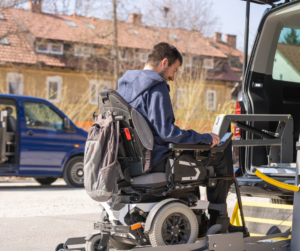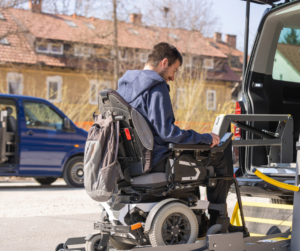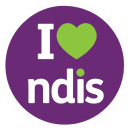Creating an inclusive healthcare environment goes beyond medical expertise—it involves breaking down physical and communication barriers to ensure that healthcare facilities are accessible to all individuals, regardless of their abilities. In this article, we will explore the importance of accessible infrastructure in healthcare settings and discuss practical solutions that can make a significant impact on inclusivity.
Understanding Accessibility Challenges:
Many healthcare facilities unintentionally present obstacles for individuals with disabilities. From narrow doorways to lack of ramps, these physical barriers can limit access to essential medical services. Additionally, communication challenges, such as the absence of sign language interpreters or alternative communication methods, can create significant hurdles for effective healthcare interactions.
Practical Solutions for Physical Accessibility:
Creating accessible healthcare facilities involves thoughtful design and modifications. Installing wheelchair ramps, widening doorways, and ensuring that examination tables are adjustable are essential steps toward physical inclusivity. Accessible parking spaces and well-marked pathways contribute to a seamless experience for individuals with mobility challenges.
Communication Accessibility in Healthcare:
Effective communication is at the heart of quality healthcare. Ensuring that healthcare providers are trained in accessible communication methods, such as providing information in various formats (written, verbal, and visual), is crucial. The availability of sign language interpreters and communication boards can bridge gaps and enhance understanding between healthcare professionals and patients with diverse communication needs.
Sensory-Friendly Spaces:
Recognizing the sensory diversity of patients is another vital aspect of inclusive healthcare. Creating sensory-friendly waiting areas and examination rooms helps individuals with sensory sensitivities feel more comfortable. Dimmable lighting, noise reduction measures, and visual aids contribute to a healthcare environment that caters to a variety of sensory needs.
Technological Innovations for Inclusivity:
Embracing technology is a powerful way to enhance accessibility in healthcare. Telehealth options can provide healthcare services remotely, reducing the need for physical travel. Digital health records and communication platforms can also be designed with accessibility features, ensuring that individuals with disabilities can easily manage their health information.
Community Engagement and Feedback:
Inclusivity in healthcare is an ongoing process that benefits from community engagement. Seeking feedback from individuals with disabilities and incorporating their insights into facility improvements fosters a collaborative approach. Establishing advisory groups or panels comprised of diverse community members can contribute to the continuous enhancement of accessibility in healthcare settings.
The Impact of Accessible Healthcare:
Breaking down barriers in healthcare facilities not only improves access for individuals with disabilities but also enhances the overall quality of care. When healthcare environments are inclusive, patients feel more comfortable seeking medical attention, leading to better health outcomes and increased satisfaction with healthcare services.
Conclusion:
Creating accessible healthcare facilities is a shared responsibility that involves healthcare providers, facility managers, and the community. By addressing physical, communication, and sensory barriers, we can build a healthcare landscape where everyone, regardless of their abilities, can access the care they need with dignity and ease. At Speedy Care Health, we are dedicated to championing inclusivity in healthcare, ensuring that our services are accessible to all individuals in the community.












